NEWS
-

Key points for maintaining universal joints of drive shafts
Perform comprehensive visual inspections of universal joints at every oil change interval or every 5,000 kilometers. Check forRead more -
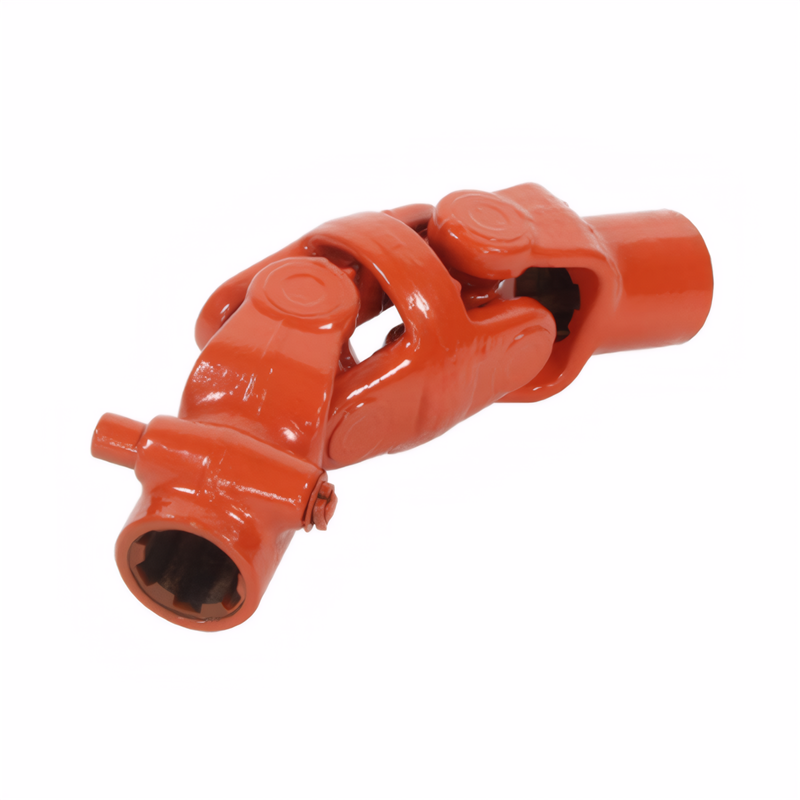
Detection of unbalanced drive shafts
Transmission shaft imbalance represents a critical maintenance concern that can lead to excessive vibration, premature component wear, and reduced vehicle performance. This condition occurs when the shaft‘s mass distribution deviates from its rotational axis, creating centrifugal forces that amplify as rotational speed...Read more -
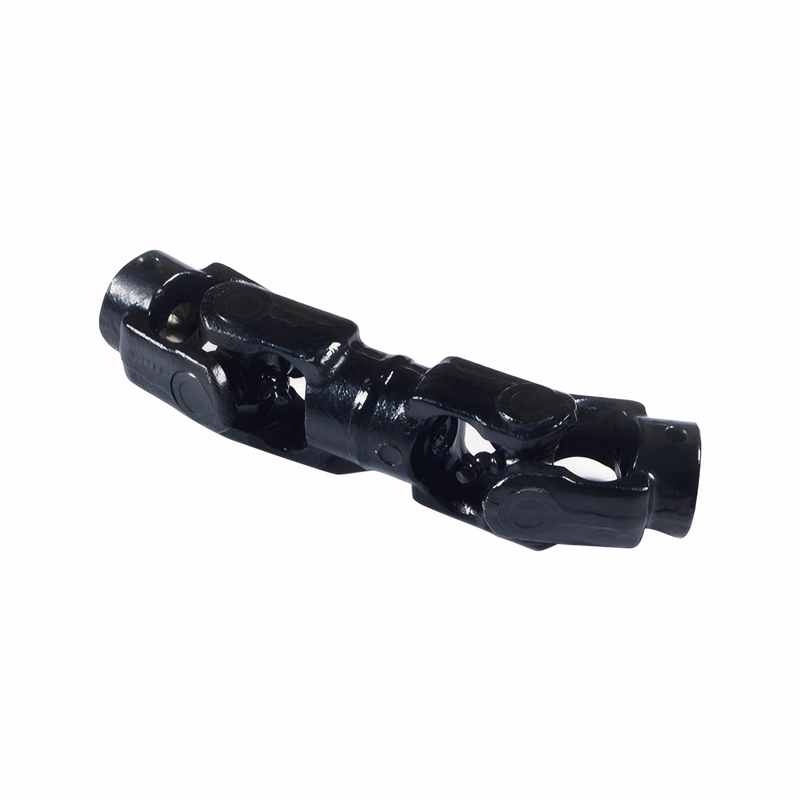
Rear-mounted rear-wheel drive type drive shaft structure
Rear-engine rear-wheel-drive (RR) vehicles represent a specialized automotive layout where the powertrain is positioned at the vehicle‘s rear, requiring unique transmission shaft designs to accommodate extended power delivery paths and dynamic operating conditions. This configuration, prevalent in high-performance spor...Read more -
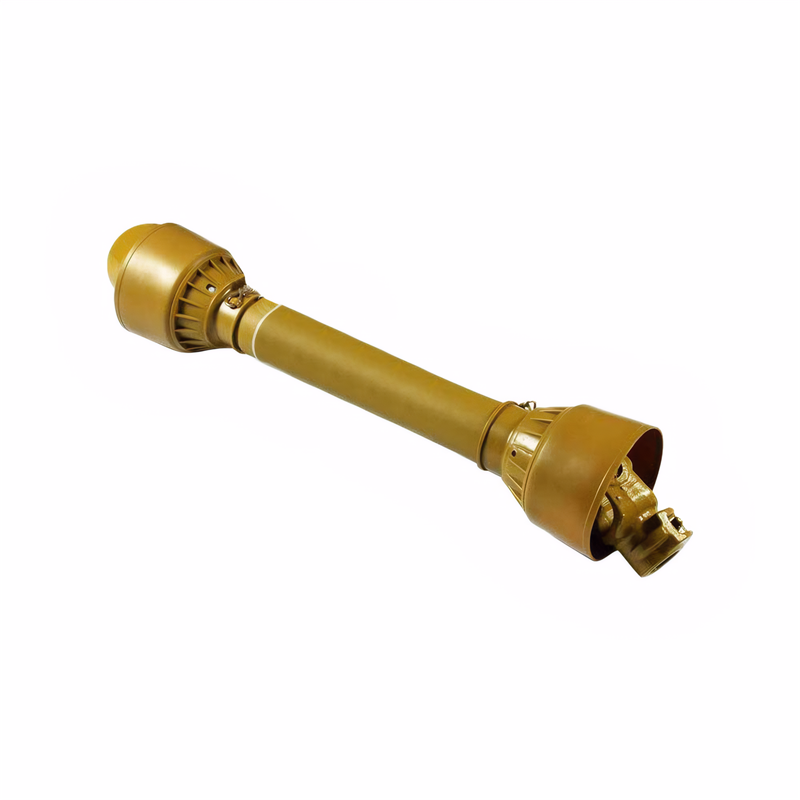
Drive shaft layout for long-wheelbase models
Long-wheelbase vehicles, commonly found in luxury sedans, commercial vans, and heavy-duty trucks, require specialized transmission shaft layouts to accommodate extended distances between powertrain components and driven wheels. These layouts must balance mechanical efficiency, vibration control, and packaging constrain...Read more -
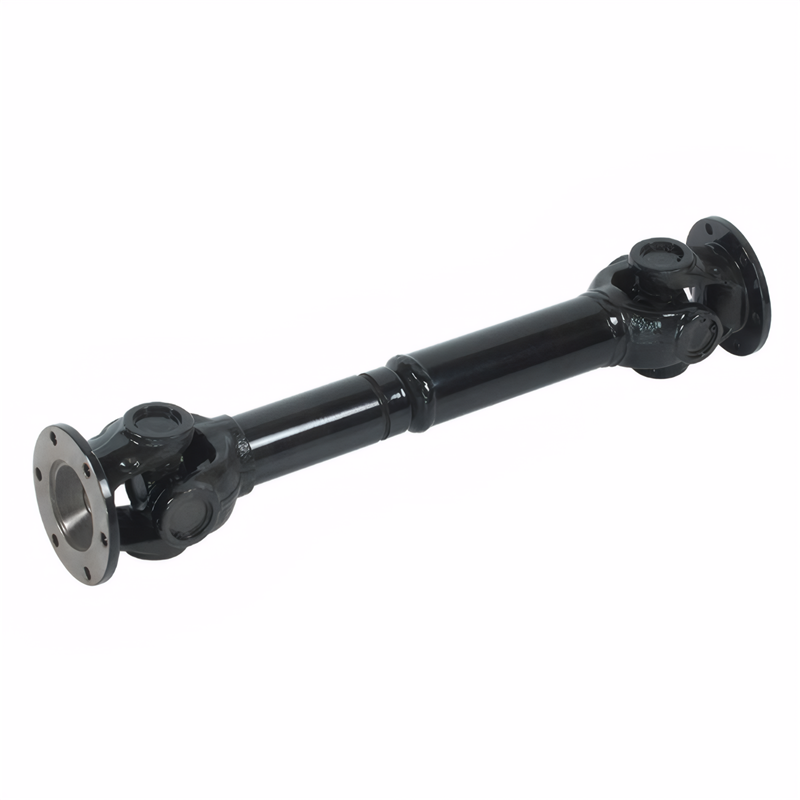
The changes of drive shafts in new energy vehicles
The transition to new energy vehicles (NEVs) has fundamentally altered the design and performance requirements of drive shafts, the critical components responsible for transmitting torque from the powertrain to the wheels. Unlike traditional internal combustion engine vehicles, NEVs demand drive shafts that accommodate...Read more -
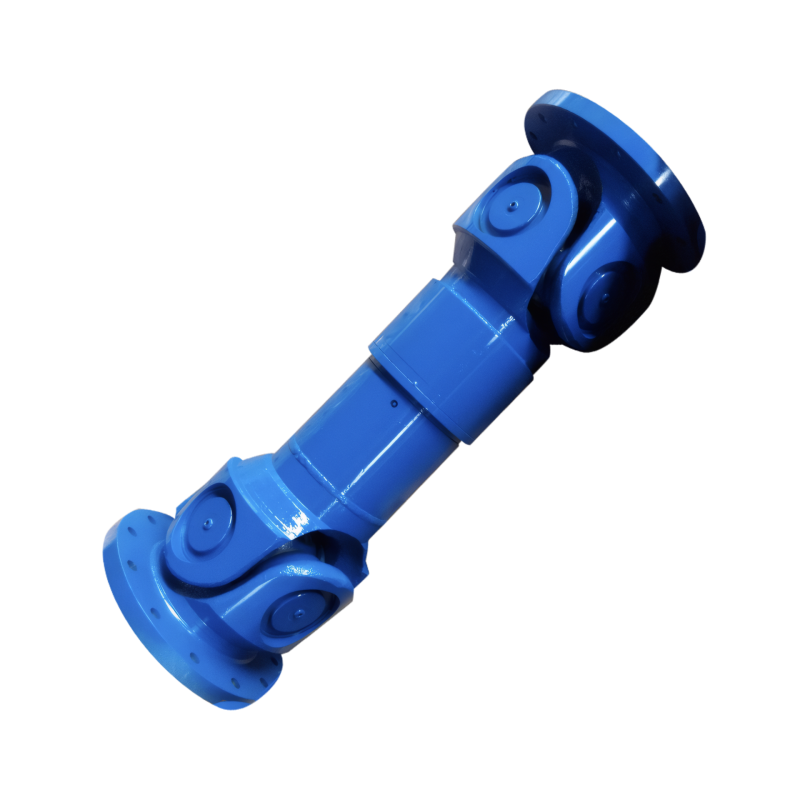
The length specification of the bus drive shaft
Drive shafts are critical components in bus powertrains, responsible for transmitting torque from the transmission to the driven axles while accommodating angular variations and vehicle movements.Read more -

The working principle of a constant-speed drive shaft
Constant velocity drive shafts play a critical role in automotive power transmission systems, ensuring smooth and efficient transfer of torque from the transmission to the driven wheels while accommodating angular variations between components.Read more -
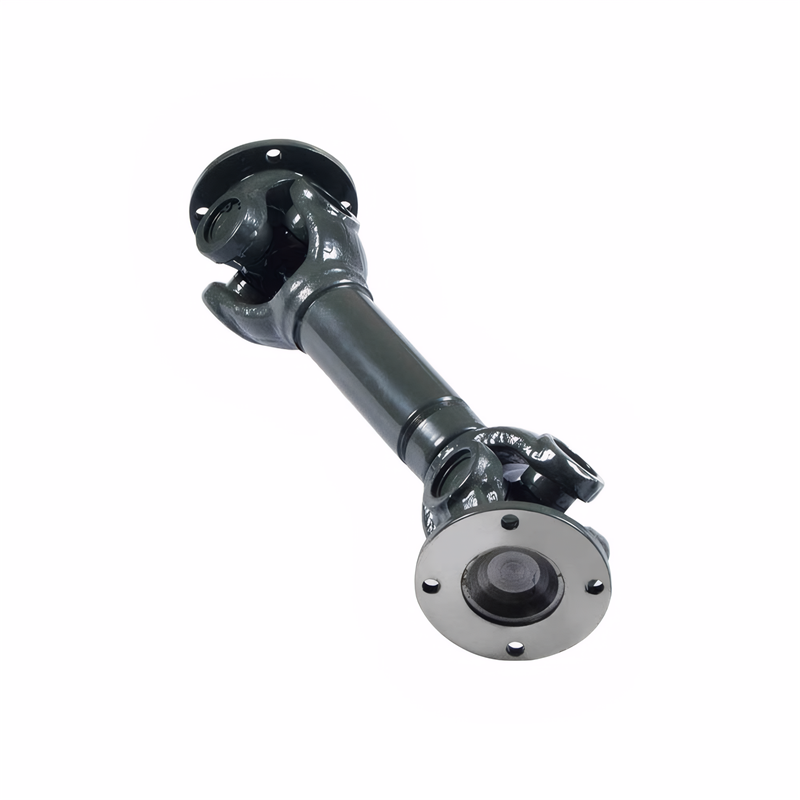
Comparison between hollow drive shafts and solid drive shafts
Transmission shafts serve as critical components in automotive powertrains, transferring torque from the transmission to driven wheels while accommodating dynamic operating conditions. The structural design of these shafts significantly impacts vehicle performance, fuel efficiency, and durability.Read more -

The differences between rigid drive shafts and flexible drive shafts
Transmission shafts are critical components in automotive powertrains, serving as conduits for torque transfer between engine and driven wheels.Read more -

The structure of the drive shaft locking device
Transmission shaft locking mechanisms are critical components in automotive powertrains that ensure precise positioning and secure connection between drive shafts and driven components.Read more
 简体中文
简体中文 English
English
